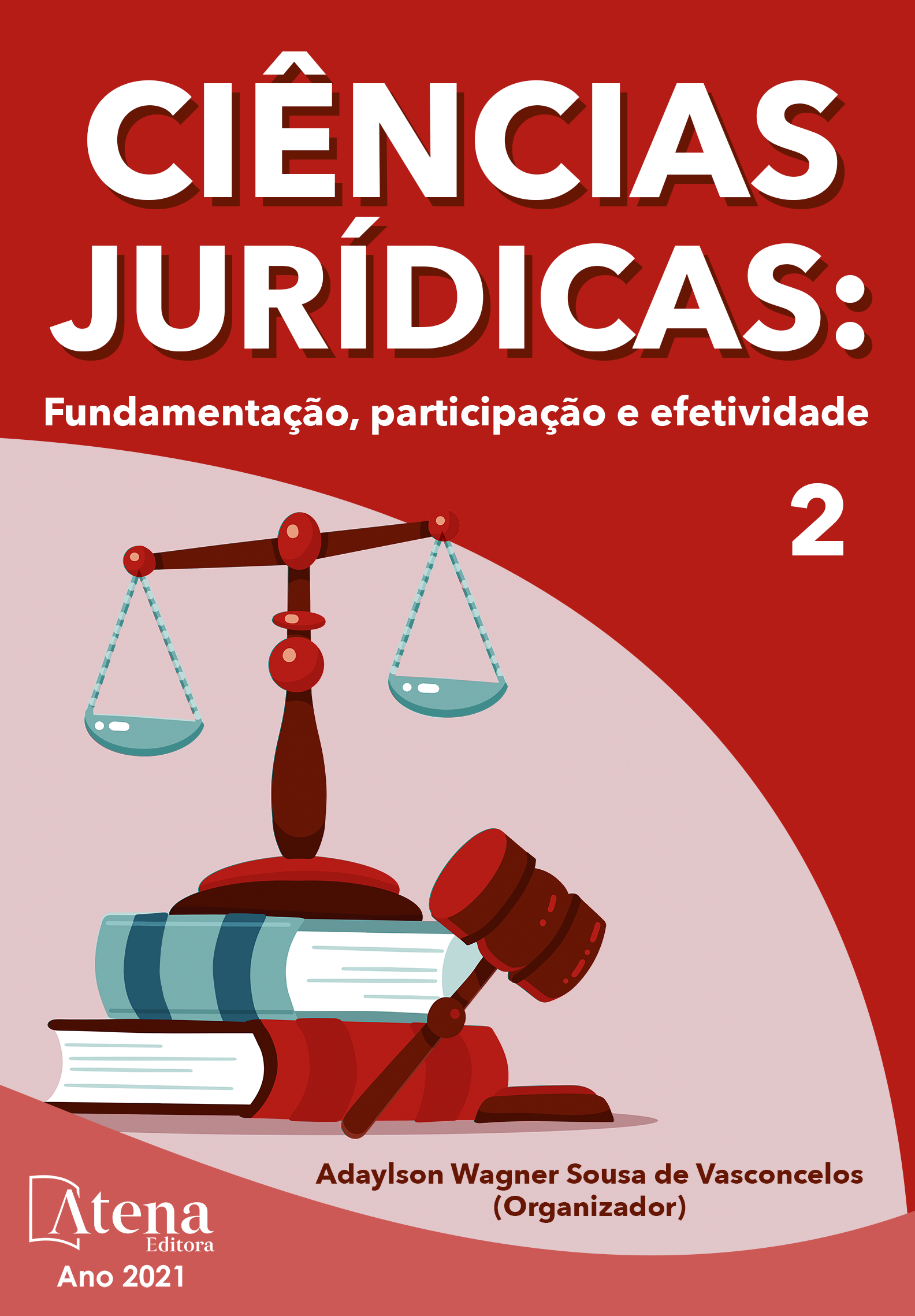
SOCIAL SECURITY LABOR GAP: the situation of employees, employers and INSS
A Constituição de 1988 positivou diversos direitos para a classe trabalhadora, como a implementação do conceito da Seguridade Social, gerenciada pelo Instituto Nacional do Seguro Social, que visa a proteção em casos de necessidade. Entretanto, ainda existem situações, como a do Limbo Trabalhista Previdenciário, que acaba por acarretar consequências em uma classe de contribuintes desprotegidos pelo sistema previdenciário e pela própria empresa a qual aqueles se encontram vinculados. Mesmo com grande repercussão nas relações empregatícias, esse limbo ainda não é pauta de grandes debates normativos voltados à solução e correção de forma definitiva desse fenômeno, apesar de já haver discussões doutrinárias e jurisprudenciais sobre o assunto. Nesse diapasão, através da pesquisa bibliográfica e descritiva, com a análise de materiais relevantes já publicados sobre o tema, buscou-se descrever e analisar todo o contexto em que ocorre o fenômeno do limbo trabalhista previdenciário, as características das partes envolvidas e o posicionamento jurisprudencial. A conclusão do trabalho nos mostra que parte da doutrina milita no viés de responsabilização do empregador caso este não possua uma conduta ativa no sentido de auxiliar na resolução desse empasse. Além disso, é reafirmada a necessidade de uma legislação específica para sanar a insegurança jurídica enfrentada pelas partes envoltas a esse fenômeno.
SOCIAL SECURITY LABOR GAP: the situation of employees, employers and INSS
-
DOI: 10.22533/at.ed.90621150617
-
Palavras-chave: Previdência. Relação de Trabalho. Empregado. Empregador. INSS.
-
Keywords: Social security. Work relationship. Employee. Employer. INSS.
-
Abstract:
The Constitution of 1988, affirmed several rights for the working class, such as the implementation of the concept of Social Security, managed by the National Institute of Social Security, which aims at protection in cases of need. However, there are still situations, such as that of the social security labor gap, which ends up causing consequences in a class of taxpayers unprotected by the social security system and by the company to which they are linked. Even with great repercussions in employment relationships, this limbo is not yet the subject of major normative debates aimed at the definitive solution and correction of this phenomenon, despite the fact that there are already doctrinal and jurisprudential discussions on the subject. In this tuning fork, through bibliographic and descriptive research, with the analysis of relevant materials already published on the topic, we sought to describe and analyze the entire context in which the phenomenon of social security labor gap occurs, the characteristics of the parties involved and the jurisprudential positioning. The conclusion of the work shows us that part of the doctrine militates in the bias of accountability of the employer if he does not have an active conduct in order to assist in resolving this impasse. In addition, the need for specific legislation to remedy the legal uncertainty faced by the parties involved in this phenomenon is reaffirmed.
-
Número de páginas: 12
- Maria Joarina Aguiar Paulino
- HILZIANE LAYZA DE BRITO PEREIRA LIMA


